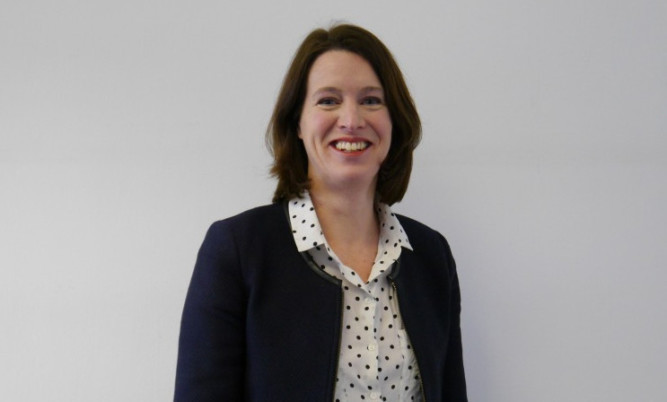Scotland’s Chief Medical Officer wants patients to be more involved in deciding their treatment in a shift away from the “doctor-knows-best culture”.
Dr Catherine Calderwood said that at a time of restricted budgets, the “overuse of medical interventions is of serious concern”.
Her annual report argued the “intensity with which modern medicine can consume resources” could hamper efforts to tackle poverty and improve education, housing and other environmental factors which may in themselves “produce significant benefits in both life experience and the incidence of diseases”.
The new Chief Medical Officer used the report to call for the profession to debate “realistic medicine”, arguing fewer treatments may lead to a better quality of life for some.
Dr Calderwood said doctors across the country are “doing a tremendous job” for patients but the report stated: “In striving to provide relief from disability, illness and death, modern medicine may have over-reached itself and is now causing hidden harm – or at best providing some care that is of lesser value.”
Widespread use of guidelines has contributed to “the massively increasing volume of medication taken by the population each year”, according to the report, with 20% of adults taking more than five medicines every day.
The relationship between doctors and patients has “evolved a system and culture which favours ‘doctor knows best’ or medical paternalism”, where the balance of power has shifted heavily onto clinicians to decide treatment in the best interests of the patient.
The report said: “Doctors often fail to take into consideration patient preferences in suggesting and providing treatment.
“Treatment that does not coincide with the patient’s preferences may ultimately be wasteful (in that it doesn’t provide value for them).”
Patients tend to choose less treatment when they are given greater detail about the possible benefits and side effects while doctors “generally choose less treatment for themselves than they provide for their patients”.
The report said: “In an era when we have constrained resources, this overuse of medical interventions is of serious concern.
“The intensity with which modern medicine can consume resources may mean that society is less able to progress improvements in poverty, education, housing and environmental factors that may more simply (and with less side effects) produce significant benefits in both life experience and the incidence of diseases.”
Dr Calderwood said: “Realistic medicine is about moving away from the ‘doctor-knows-best’ culture. It’s about more fully involving patients in the decisions about their care.”
While she said this would “only happen if people are prepared to have these conversations in this way with their doctors”, she added: “It’s an interesting fact that doctors tend to choose fewer treatments for themselves than they offer to their patients.
“As doctors we should be asking why that is and whether patients – if better informed – might also choose less intensive and less medicated treatment regimes.”
Dr Peter Bennie, chair of the British Medical Association’s Scottish Council, said: “It is good to see Dr Calderwood acknowledge the critical role doctors must play in shaping how medicine is practised in the future and how healthcare is delivered, to secure high-quality patient care and the overall health of our nation.
“But whilst doctors can play a vital part in supporting the development of new approaches to healthcare models, we must recognise that morale amongst Scotland’s doctors is very low with workload intensity continuing to rise, and that this is likely to have an effect on how well doctors can respond to the needs of a changing healthcare service and growing patient demand.”
